Computer Vision AI enables us to make our cities smarter, safer, and more livable than ever before. This technology can be used to help manage and optimize traffic, promote public safety, monitor environmental conditions, improve waste management, and streamline public transportation and emergency response. Computer Vision AI is revolutionizing urban living, allowing us to use technology in more effective and efficient ways to improve the quality of life for everyone in our cities. Additionally, this technology can be used to detect and monitor changing conditions in urban environments, allowing us to anticipate and respond to any potential issues that arise quickly and effectively. At Irida Labs, we use our Vision AI platform PerCV.ai, to power virtually limitless Smart City applications, improving urban living with exciting new possibilities.
Index of Vision AI Applications for Smart Cities
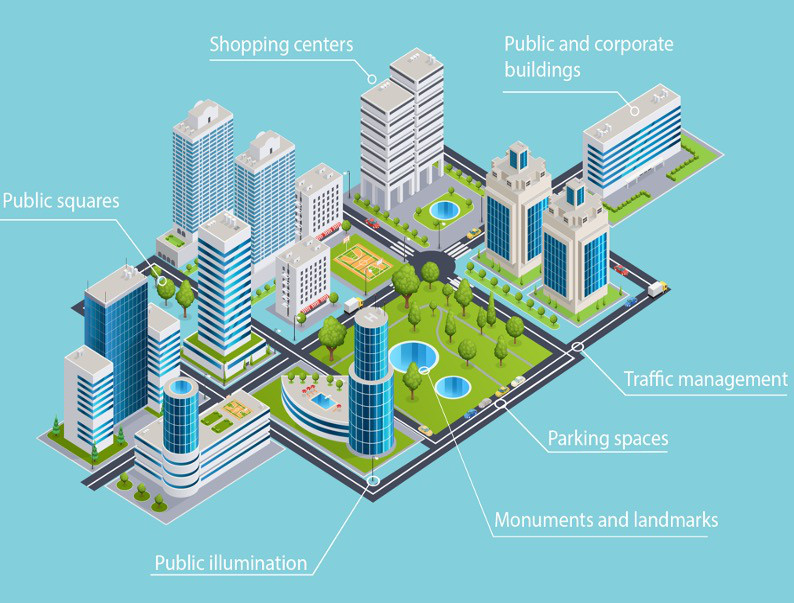
PerCV.ai Platform
Smart Cities & Spaces Suite
PerCV.ai Smart Cities & Spaces Suite is designed to support building, infrastructure, road or even entire municipal management authorities committed to meet their efficiency and sustainability goals, and elevate the quality of life, safety and security.
The suite’s off-the-shelf Vision AI Solutions that can be directly deployed at the edge hardware of your choice, and rapidly adapted to the specifics of scenes and objects, powering fully operational end solutions, quickly and effortlessly.
Making Traffic Management Easier
Real-time traffic data provided by Live Traffic Cameras can power algorithms used by Smart Cities to manage traffic congestion by optimizing road logistics and routes. This can cut commuting time by a remarkable 20%** ! Data can be used to prevent congestion through intelligent synching of traffic signals, prompting variable speed limits, and providing drivers with real-time alerts advising the fastest routes. At the same time, road regulations enforcement can be monitored, through high-speed detection LPR, dangerous driving and real-time road incidents reporting.
Computer Vision AI is a powerful tool for detecting and analyzing traffic patterns, allowing for real-time updates on traffic conditions and route recommendations to drivers. By analyzing video footage from traffic cameras, the AI can quickly identify congested areas, accidents, and other issues that could affect traffic flow. This technology can be used to alert drivers to upcoming obstacles, suggest alternate routes, and even help reduce traffic congestion. With the help of this technology, drivers can be better informed and prepared for their journeys. (Source: Forbes)
Detecting Potential Obstacles
By analyzing video footage from traffic cameras, the AI can quickly identify congested areas, accidents, and other issues that could affect traffic flow. This technology can be used to alert drivers to upcoming obstacles, suggest alternate routes, and even help reduce traffic congestion.
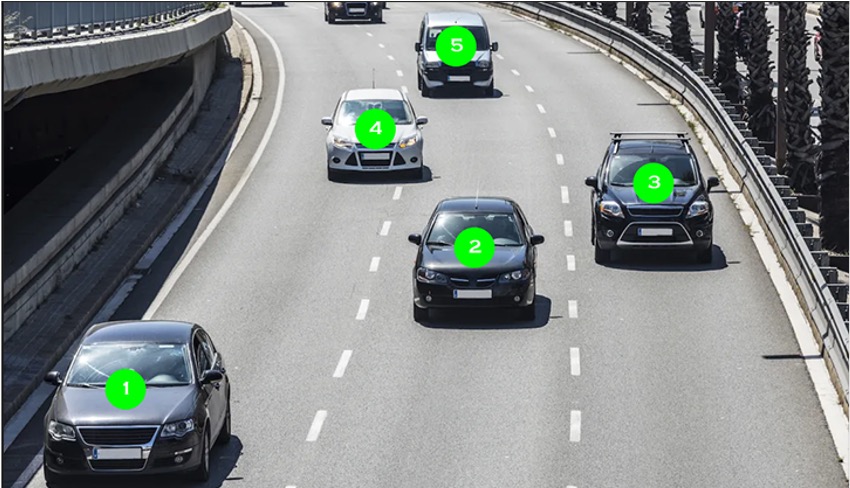
Improved Navigation
Computer Vision AI can help drivers navigate more efficiently by providing real-time updates on traffic conditions, making it easier for drivers to find the quickest route to their destination. This technology can also be used to determine the most efficient routes for public transportation.
Smart traffic management also involves intelligent Public Transport, enabling users to be better informed and make safer, more coordinated, and ‘smarter’ use of transport networks and thus optimizing transportation logistics.
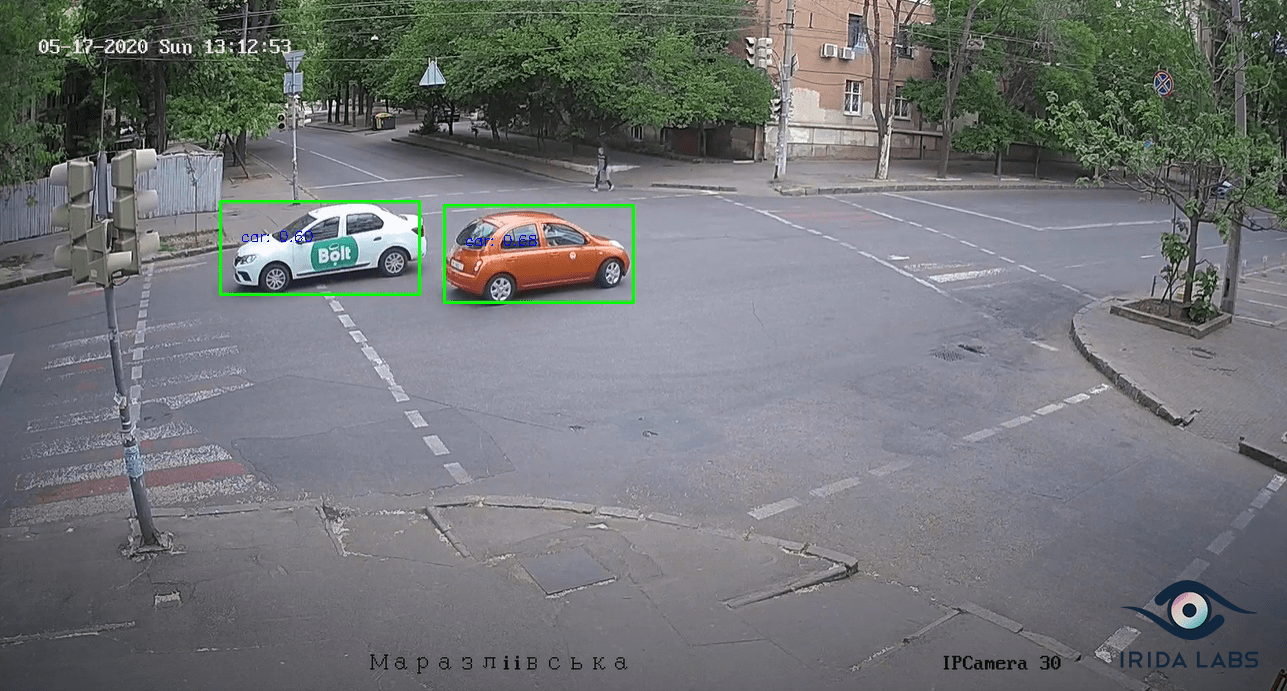
Decreased Congestion
The use of AI in traffic monitoring can also help to reduce traffic congestion. By providing drivers with accurate and up-to-date information about traffic conditions, this technology can help to keep vehicles moving and improve the overall flow of traffic.
Vision AI Sensor
for Smart Cities & Spaces
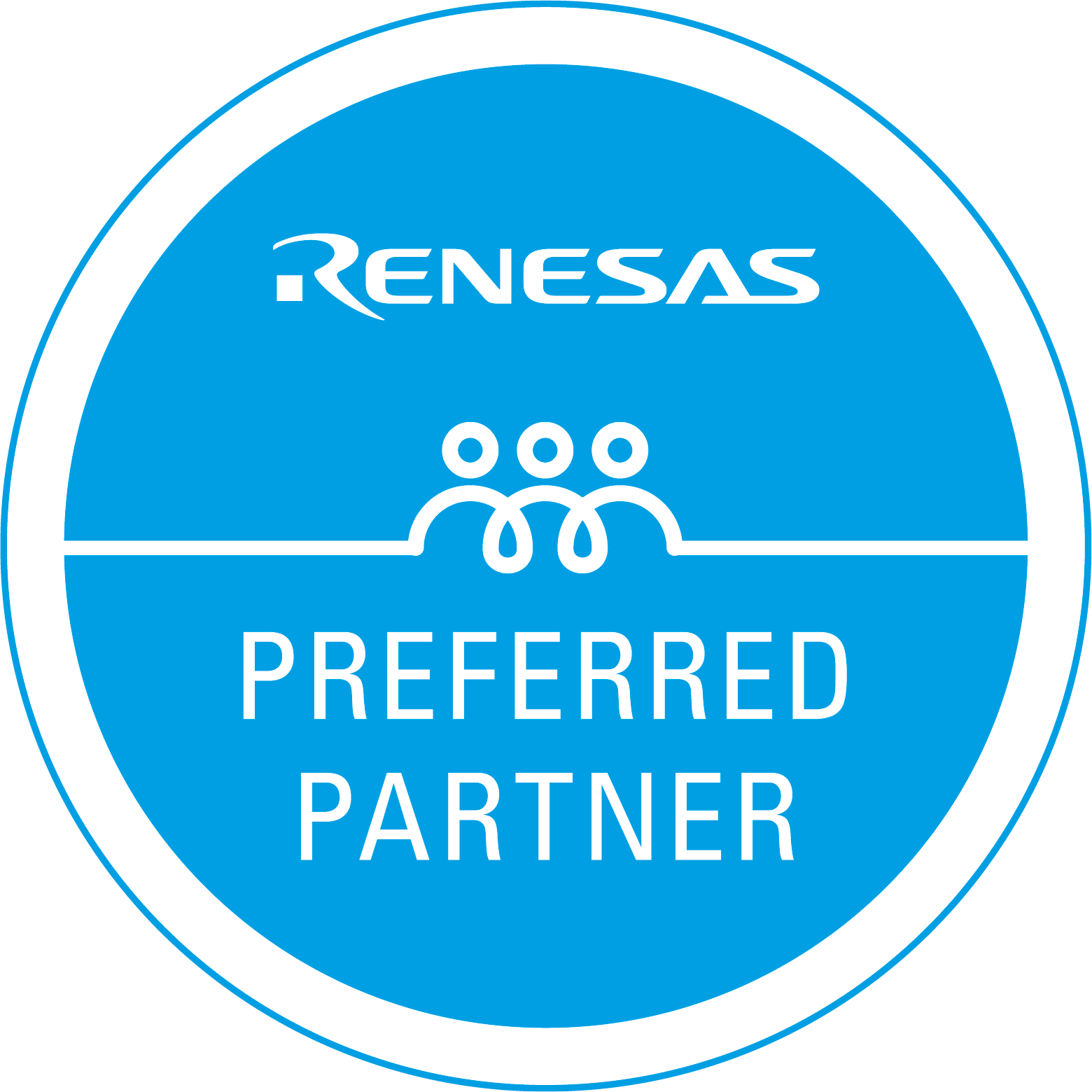
In partnership with Renesas Electronics, we have built a plug-n-play Edge AI hardware & software solution that drives the new era in urban area management. Based on the core functionalities of Vision AI-powered vehicle, object & citizen detection, the sensor comes with PerCV.ai intuitive dashboard for data visualisation, AI analytics or connectivity to 3rd-party apps.
Using Computer Vision AI to Improve the Efficiency of Transportation Systems
Computer Vision AI can be used to analyze video footage of bus or train stations to identify bottlenecks or other issues that may be causing delays, and to analyze patterns in passenger behavior to identify ways to improve the efficiency of the transportation system. (Source: Smart Cities World)
Computer vision AI technology is revolutionizing the way cities manage their public transportation systems. By using AI to identify bottlenecks and analyze passenger behavior, cities can create solutions to improve the efficiency of their transportation system.

Identifying Bottlenecks and Rail Delays
Computer vision AI can be used to analyze video footage of bus and train stations to identify bottlenecks and other issues that may be causing delays. This technology can be used to identify problem areas in the station and create solutions to reduce delays.
Analyzing Passenger Behavior
Computer vision AI can also be used to analyze patterns in passenger behavior to identify ways to improve the efficiency of the transportation system. AI can detect patterns in passenger behavior that could help identify areas of the system that need to be improved.
Optimizing Public Transportation Routes with Computer Vision AI
Computer Vision AI is revolutionizing the way we travel. It can be used to improve the efficiency of public transportation systems and reduce their environmental impact. This blog post will discuss how Computer Vision AI can be used to optimize the routes of buses or other types of public transportation, helping to reduce fuel consumption and emissions and improve the efficiency of the transportation system.
Computer Vision AI is revolutionizing the way we travel. It can be used to optimize the routes of buses or other types of public transportation, helping to reduce fuel consumption and emissions and improve the efficiency of the transportation system. AI can analyze data quickly and accurately to determine the most efficient routes and reduce traffic congestion. This can help to reduce fuel consumption and emissions, as well as improve the efficiency of the transportation system.
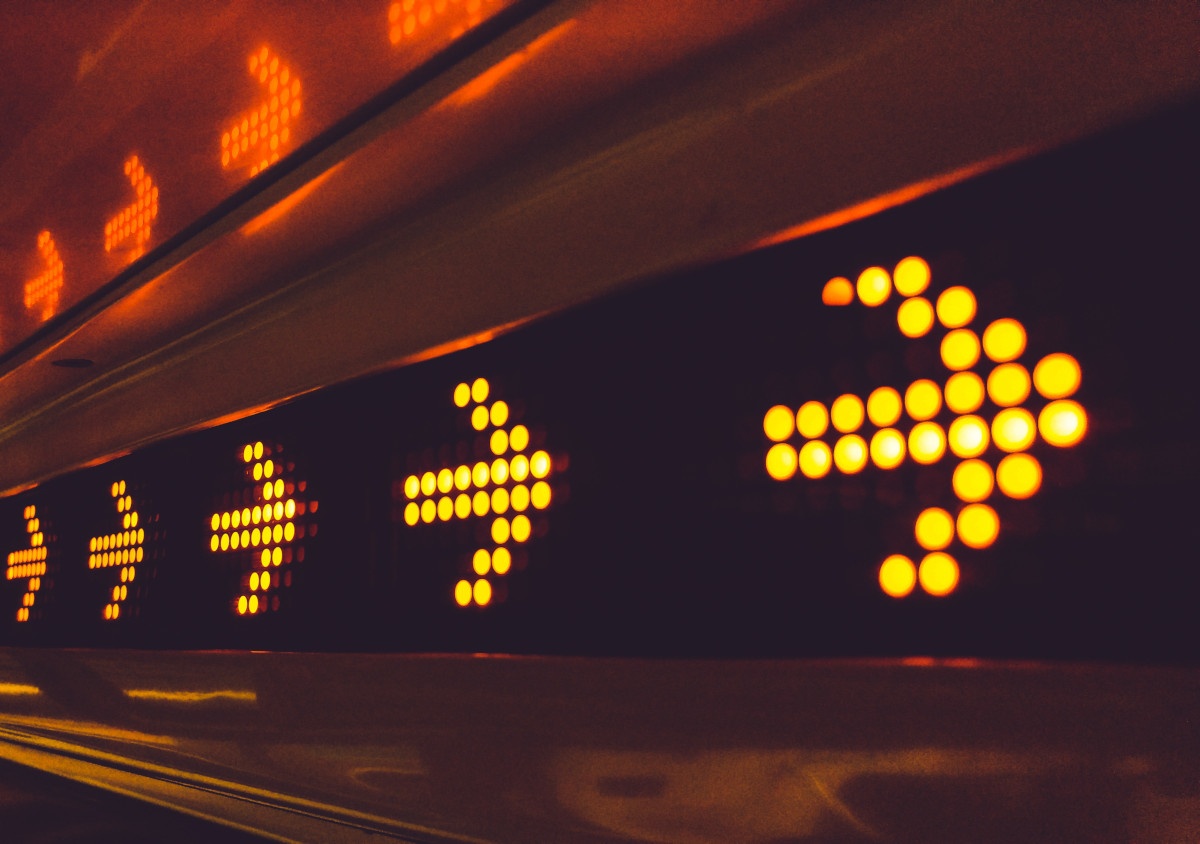
Optimizing Public Transportation Routes
Computer Vision AI can be used to analyze large amounts of data quickly and accurately. This data can be used to determine the most efficient routes for buses or other types of public transportation. AI can calculate the most efficient routes based on traffic patterns, road conditions, and other factors. This can help to reduce fuel consumption and emissions, as well as improve the efficiency of the transportation system.
Reducing Fuel Consumption and Emissions
Computer Vision AI can also be used to reduce fuel consumption and emissions. AI can analyze data from sensors in buses or other vehicles to determine the most efficient way to navigate. This can help reduce fuel consumption and emissions, as well as improve the efficiency of the transportation system.
Improving Transportation Efficiency
In addition to reducing fuel consumption and emissions, Computer Vision AI can also be used to improve the efficiency of the transportation system. AI can analyze data from sensors in buses or other vehicles to determine the most efficient routes. This can help reduce traffic congestion, reduce wait times, and improve the overall efficiency of the transportation system.
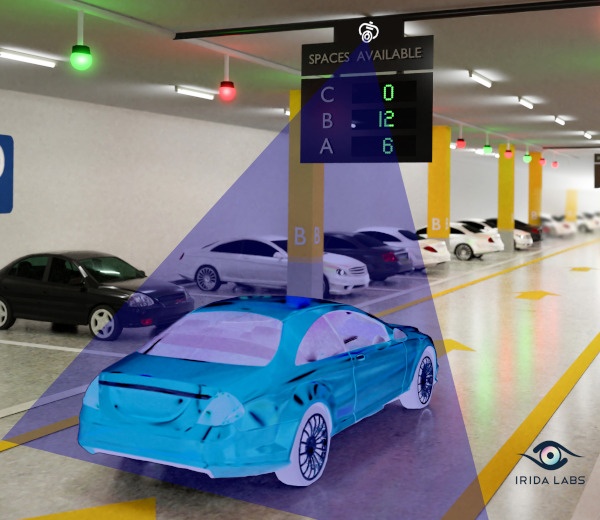
In this white paper we demonstrate a highly optimized SDK enabling top-down People, Object and Vehicle Detection based on 3d ToF cameras.
How Computer Vision is Enhancing Public Safety
Computer Vision AI can be used to monitor public areas for suspicious activity, identify potential threats, and alert authorities. It can also be used to assist with crowd management, by helping to identify overcrowding or potential hazards in public spaces. (Source: VentureBeat)
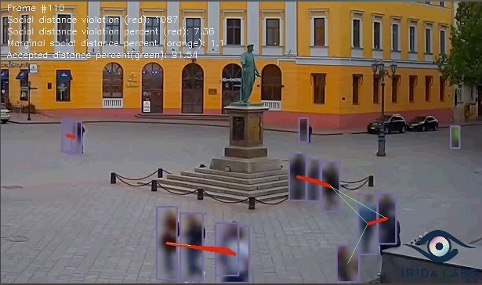
Pedestrian Management
Within the top priorities of Smart City is the Citizen Quality of Life and the creation of citizen-friendly urban environments. To realize effective and comfortable urban environment, understanding the activity of people is a very crucial matter. Collecting the information of people flows can unveil popular spots of interest as well as the frequency of usage of public infrastructure, possible congestions or frequent bottlenecks.
Vision AI is used to assist with crowd management
Pedestrians’ health and safety can be safeguarded by detecting unauthorised use of sidewalks by vehicles, surveillance of unsignalized crosswalks, identifying accessibility problems or alarming overcrowding or other urgent incidents in real time.
By recognizing overcrowding or potential hazards, it can help to keep public spaces safe and ensure that crowds are managed efficiently. This can be especially beneficial during large events or festivals, where large crowds can lead to dangerous situations.
Optimizing Building Energy Usage with Computer Vision AI
Smart Buildings are essential building blocks of Smart Cities. Smart Buildings integrate heterogeneous sensors and systems into a central view not only to reduce energy consumption and costs (heating/cooling, electricity, water) but also to foster safety and security, comfort, well-being and health of the citizens. In this holistic approach, vision sensors can effectively contribute to the development of an intelligent building that is able to generate data and share it among systems, to enhance the efficiency and effectiveness of an entire smart city.
Computer Vision AI can be used to optimize the energy usage of buildings by monitoring the occupancy of rooms and adjusting the heating, ventilation, and air conditioning (HVAC) system accordingly. It can also be used to detect and identify faulty or inefficient appliances, and alert building management to the issue. (Source: Energy.gov)
Monitoring Occupancy
The limitless applications of vision-based occupancy counting include ventilation and cooling control on demand, overcrowding monitoring, frequently used infrastructure and many more. Data on the number of people in a building can help to refine heat, air-condition and lighting management. The flow of people could also be analysed to detect if occupancy limits are breached or if rooms are left unused. Consequently, AI vision-based solutions provide the opportunity to optimise operations (i.e. cleaning services and maintenance, out-of-order times, backup resources during peak hours) based on actual usage data.

Vision AI top-down depth people detection and directional counting
Automating Energy Consumption
Computer Vision AI can also be used to automate the energy usage of a building. For example, automated lighting systems can be set up to turn off lights when they are not being used, while automated HVAC systems can be configured to save energy when the building is not in use.
Smart Buildings
AI vision-based solutions have also important applications in surveillance and access control (i.e. intrusion detection, unauthorised access, maximum occupancy law) as well as public safety and emergency incidents identification.
Computer Vision AI for Public Infrastructure
Computer Vision AI can be used to monitor and maintain public infrastructure, such as roads, bridges, and buildings, by analyzing video footage or images of the infrastructure and identifying potential issues such as cracks, leaks, or other types of damage. (Source: PwC)
Computer Vision AI can be a valuable tool for monitoring and maintaining public infrastructure. It can help detect potential issues, such as cracks, leaks, and other types of damage, as well as ensure that public infrastructure is safe and efficient. By taking advantage of this technology, public infrastructure can be monitored and maintained more effectively.
Automated Monitoring
Enhanced Safety
Improved Efficiency
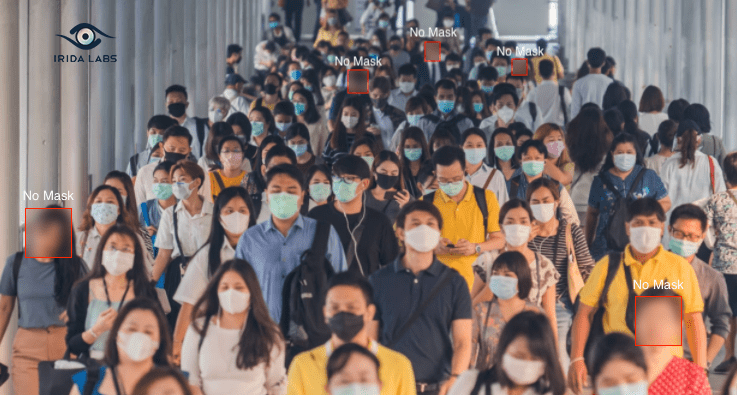
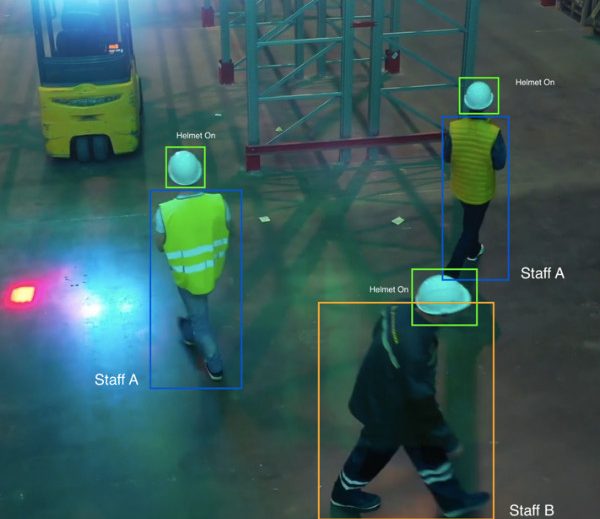
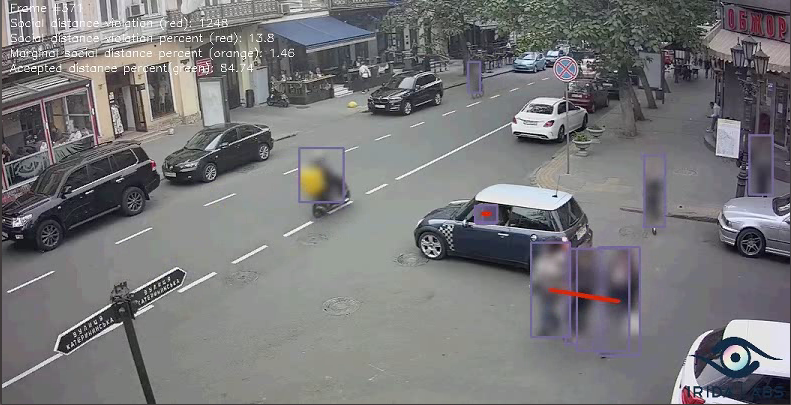
Computer Vision AI can automatically analyze video footage or images of public infrastructure and detect potential issues. This can save time and money on manual inspections, as well as provide a more reliable and accurate analysis of potential problems.
AI-powered computer vision technology, monitors in real time to detect any workers who are either not wearing or not wearing correctly the required PPE, such as coats, protective glasses, gloves, masks, and hard hats. It can also be used to detect safety issues in public infrastructure, such as structural defects or hazardous materials. This can help prevent accidents and ensure that public infrastructure is safe for everyone to use.
Using Computer Vision AI for public infrastructure monitoring can also help improve efficiency. By automatically analyzing video footage or images of public infrastructure, AI can identify potential issues more quickly and accurately than manual inspections. This can help reduce the amount of time and money spent on maintenance and repairs.
Vision AI Smart City Infrastructure Systems
The accurate & reliable recognition of versatile vehicles entering & parking in a parking lot reassure maximum efficiency – space utilization & best customer experience. At the same time, it can help optimizing energy consumption for lighting and be a low-cost alternative to sensors or other technologies.
Optimal space utilization for outdoor & indoor parking lots
Computer Vision AI solution for parking lot management offers a powerful way of tackling the challenges posed by vehicle positioning, area inspection, anonymizing at the edge device, and robustness against variant environmental conditions. It provides a comprehensive solution that boosts revenue from optimal space utilization and top customer experience, increases energy efficiency, and offers a better facility overview. This results in better management of the parking lot, allowing customers to have a positive and efficient experience. Furthermore, the solution is designed to be robust against environmental changes, ensuring that the parking lot remains secure and efficient.
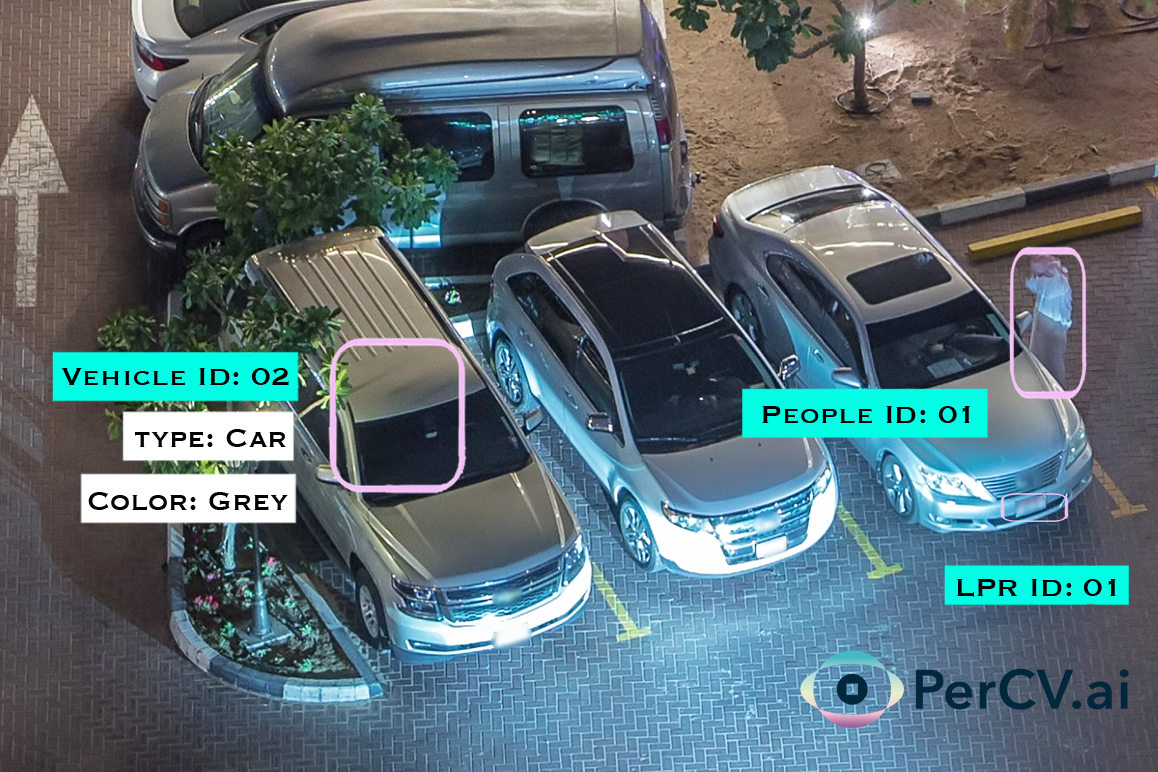

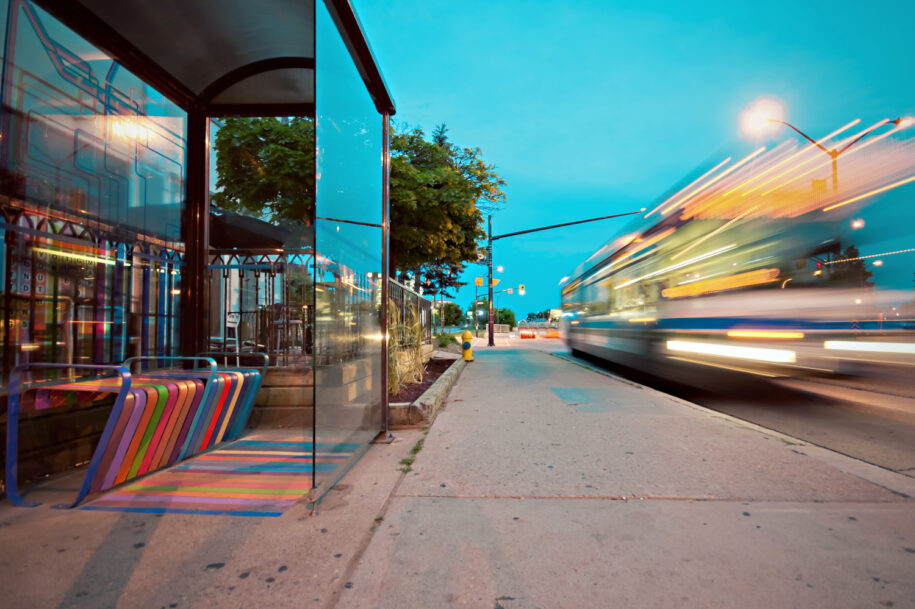

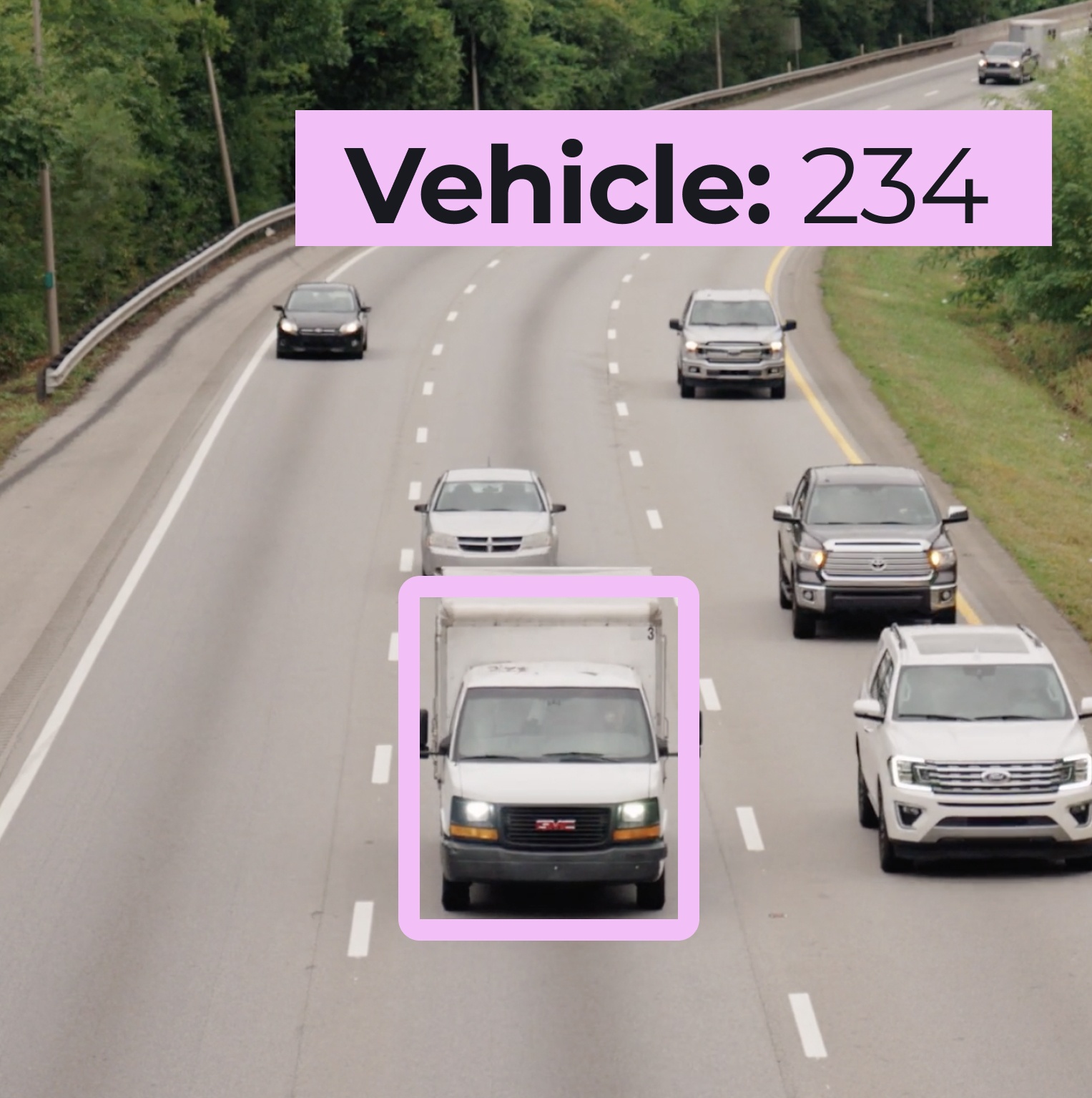

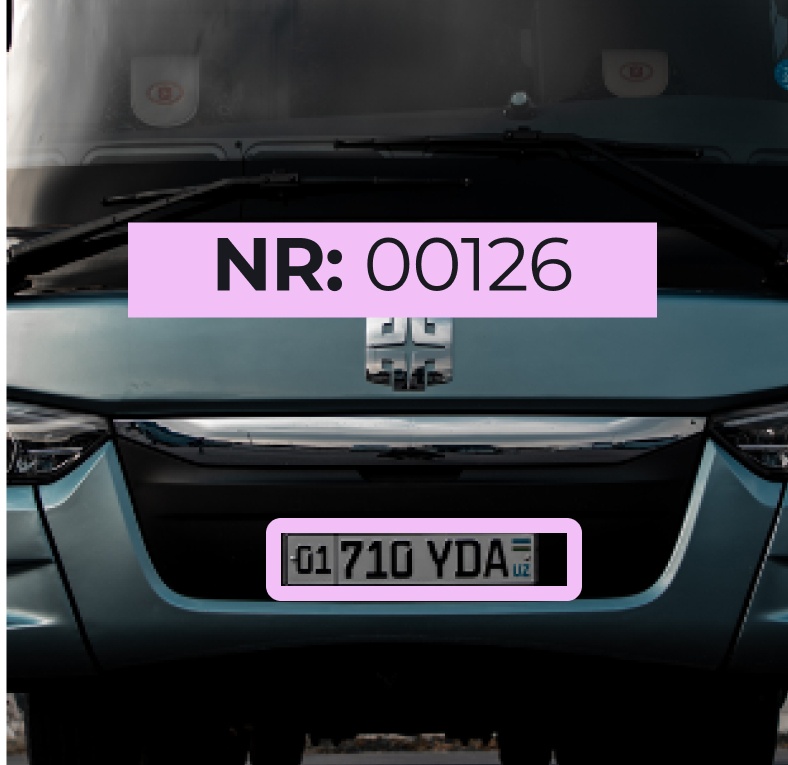
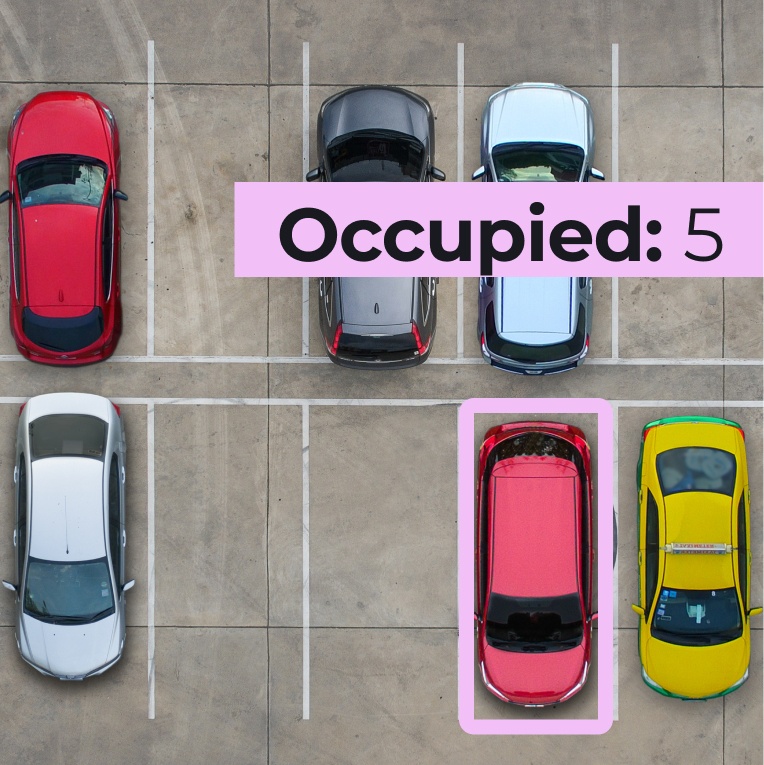
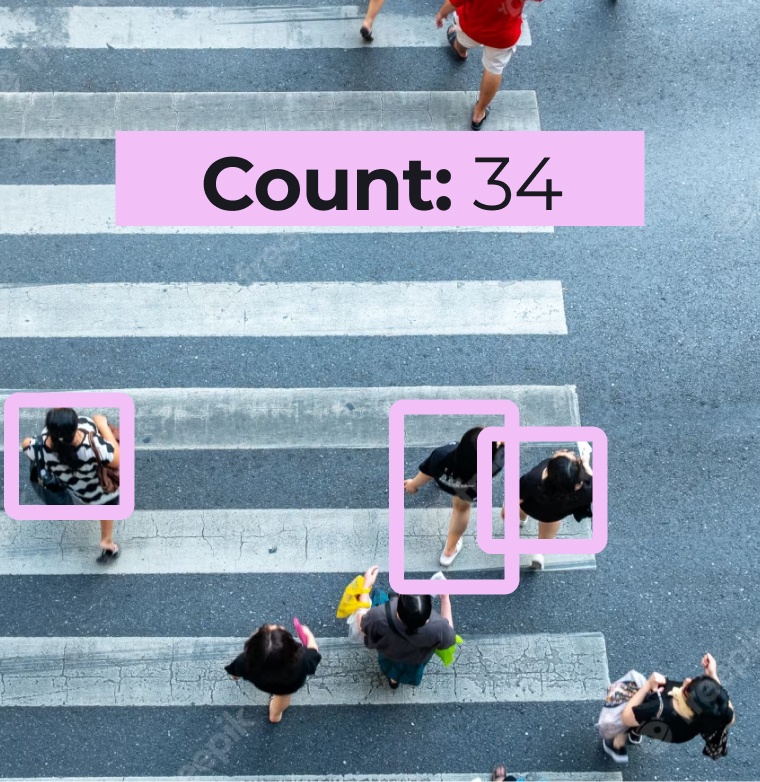
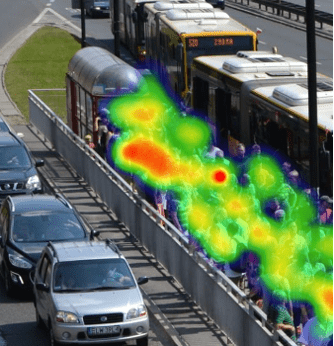

Social Distancing and Citizen Safety
Public Health and Safety tops the agenda of city authorities over time. Especially in the face of Covid-19 pandemic, social distancing, space occupancy limitations and public health regulations have emerged as critical horizontally-applied measures. Intelligent Computer Vision can provide valuable insights into people movement and interaction habits and define a new way to analyse social interaction in public spaces.
Privacy-preserving people analytics
Cutting-edge AI-powered computer vision calculates the physical social distance for every person detected in a scene, be it an urban or rural environment, a building, a train station or an open space, and generate comprehensive analytics and KPIs. It can be utilised both in indoor and outdoor spaces, regardless of the surroundings, environmental or light conditions. Functionalities include real-time alerting when occupancy limitations exceeded, as well as social distancing analytics reassuring a healthy and safe environment for work or public places.